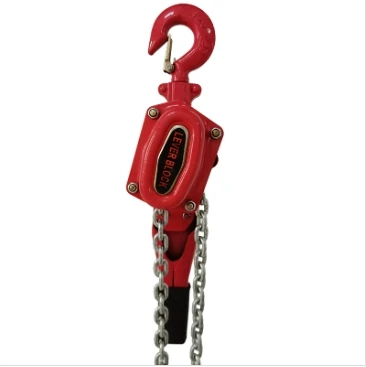


Fall Protection Design Ensuring Safety in Work Environments
Fall protection is a critical aspect of workplace safety, particularly in industries where employees are required to work at elevations such as construction, maintenance, and warehousing. The consequences of falls can be severe, leading to serious injuries or fatalities. Therefore, effective fall protection design is essential to create safe working environments. This article examines the key principles of fall protection design and the strategies that can be implemented to mitigate risks associated with falls.
Understanding Fall Protection
Fall protection refers to the systems and strategies used to prevent workers from falling off elevated work surfaces. This can include physical barriers, personal protective equipment (PPE), and administrative controls. The primary goal of fall protection design is to protect workers by minimizing risks and providing effective solutions where fall hazards exist.
Key Principles of Fall Protection Design
1. Hazard Assessment The first step in designing a fall protection system is conducting a comprehensive hazard assessment. This process involves identifying potential fall hazards related to the specific work activities and environments. Evaluating factors such as the height of working surfaces, types of activities, and the equipment used will guide the design of an effective fall protection strategy.

2. Hierarchy of Controls The hierarchy of controls is a framework used to determine the most effective ways to manage and mitigate hazards. For fall protection, this hierarchy typically consists of the following levels - Elimination Whenever possible, remove the fall hazard entirely. For example, use scaffolding instead of ladders for elevated work. - Substitution If elimination is not feasible, consider substituting the hazard with a safer alternative. For instance, using mechanized equipment that does not require workers to be at heights. - Engineering Controls Designing physical barriers or guardrails can help protect workers by preventing falls. Safety nets and other engineering solutions can also provide effective fall protection. - Administrative Controls Implementing policies and procedures that reduce exposure to fall hazards, such as creating work schedules that minimize time spent at height or ensuring proper training for employees on fall safety. - Personal Protective Equipment (PPE) The last line of defense, PPE includes harnesses, lanyards, and other equipment designed to protect workers if they fall. While effective, PPE should be used in conjunction with other strategies for comprehensive fall protection.
3. Training and Education Training workers on fall protection systems is crucial for ensuring safety. Workers must be educated on how to recognize fall hazards, use fall protection equipment correctly, and understand the importance of following safety protocols. Regular training sessions reinforce safety practices and keep employees informed about any changes in procedures or equipment.
4. Regular Inspections and Maintenance Any fall protection system must be regularly inspected and maintained to ensure its effectiveness. This includes checking the integrity of guardrails, the functionality of harnesses and lanyards, and confirming that safety equipment is up to date and compliant with regulations.
5. Compliance with Regulations Finally, adhering to local and national safety regulations is essential in fall protection design. Organizations must be aware of and comply with standards set by agencies such as the Occupational Safety and Health Administration (OSHA) in the United States, which provides guidelines for fall protection in various industries.
Conclusion
In conclusion, fall protection design is a vital component of workplace safety in environments where employees are at risk of falling. By conducting thorough hazard assessments, applying the hierarchy of controls, providing comprehensive training, and ensuring regular maintenance of safety systems, organizations can significantly reduce the risk of falls. Ultimately, fostering a culture of safety and compliance not only protects workers but also contributes to increased efficiency and morale within the workplace. Investing in effective fall protection design is both a moral and legal obligation that every employer should undertake to ensure the well-being of their workforce.



